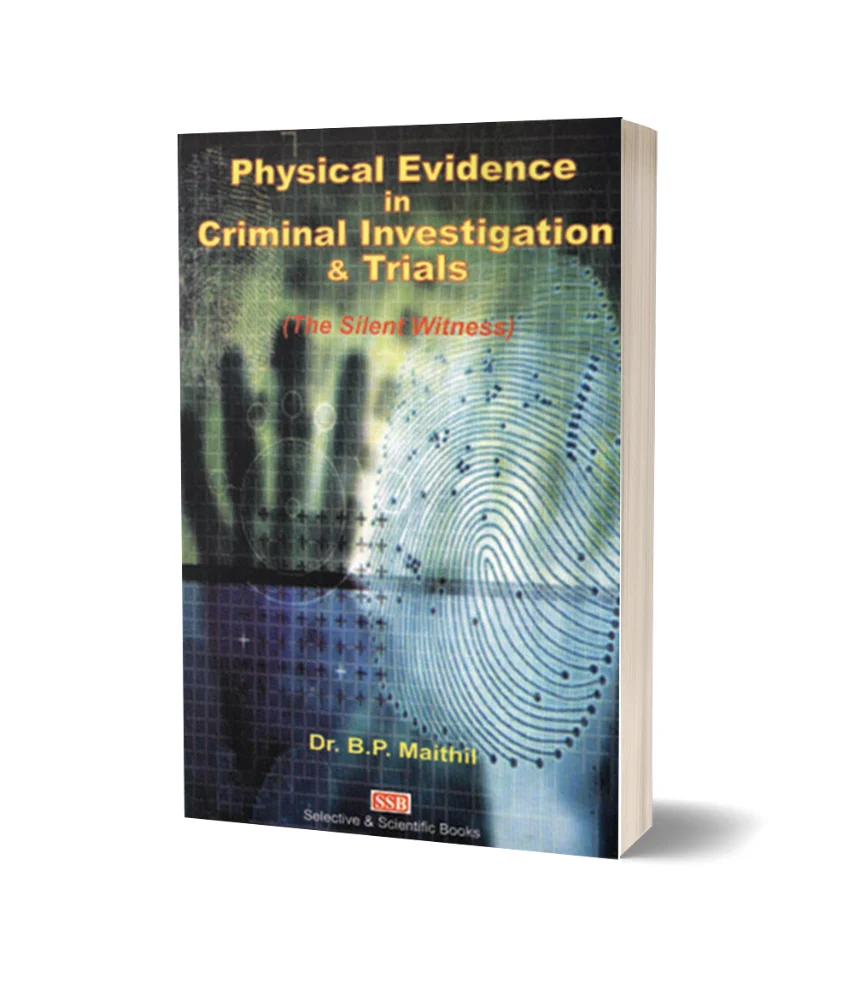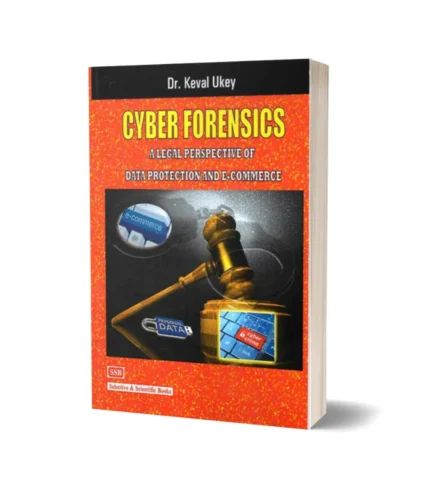Description
Forensic science historically has been identified closely with the criminal justice system, but now it plays an increasingly active role in civil litigation and regulatory matters. Accordingly the criminals also often use different and modern techniques for the commission of various crimes within our society. The emergence of new types of crime has made most of the traditional tools of the criminal justice system really ineffective for instance to deal with the highly knowledgeable criminals of today who are fully equipped with modern gadgets. Therefore, it is necessary that our law enforcement agencies should also adopt appropriate devices to deal with them, Advancement in science and technology has its merits as well as demerits. The old techniques of crime investigation do not fulfill the requirement of present-day crimes. Considering the sophistication levels of the current day crimes, it is only the forensic science that gives the much-wanted edge to the law enforcement agencies to remains ahead in the race.
The police investigation has taken great strides forward in improving the effectiveness of their methods to deal with the criminals. In the process, they employ the natural sciences as an aid to the investigation of crimes. Even the common man appreciates the impact of science on police work by way the utilization of modern means. The most important difference is, however, noticed in the manner or collection and appreciation of physical evidence which is the most important part of the investigation. In contemporary society, the investigating officer, often may not have a full understanding of the practical needs and constraints involved in the scientific analysis of evidence, which is likely to negatively affect their ability to identify vital evidentiary values. the recognition, collection, preservation, and packaging of the potential physical evidence from the crime scene is the foundation of any criminal investigation, conducted by the criminalists. No amount of work or dedication in the laboratory can ever substitute for a poorly proceed evidence collection at the crime scene. Therefore, it is essential that investigating officers must know the types of possible physical evidence that are encountered in various kinds of crimes. Each level of physical evidence involvement must be planned, organized, and performed with a central issue in mind and effective use of the physical evidence to its greatest potential for apprehending the culprits.
The police officers, in particular, need to get an overall birds-eye view of the emerging field of forensic science. The present book could be one step forward for the purpose of recognition, collection, preservation, and packaging of physical evidence. This book also illustrates laboratory analysis of physical evidence along with their legal value in the court of law. A glossary of technical words has also been included in the book which would be useful for hon’ble readers in understanding and discussion. The discussion has naturally to be brief in a book like this however, I hoped the concise contents do not affect the clearly.
I do admit without any hesitation that the book though mostly based upon my own personal experience, yet I have utilized all available information in the literature from personal communication and discussions with fellow scientists, colleagues, police officers, and on the internet as well. Lastly, I humbly request all hon’ble readers of this book to kindly support me by pointing out the acts of omission and commission, if any valuable suggestions for further improvement of the book will always be welcome by me.













Reviews
There are no reviews yet.